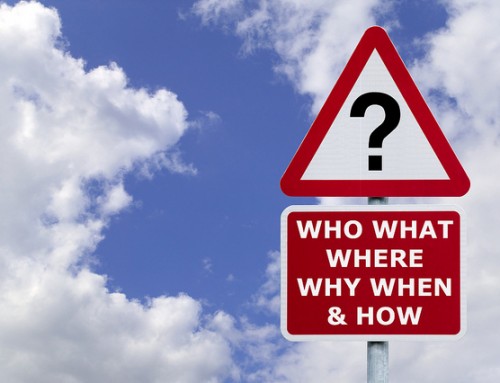“I’m not just a Salesperson!” – Cognitive Dissonance and Selling – Part 1
Click on this link to go to the site where the original image was sourced from.
In psychology, cognitive dissonance is the excessive mental stress and discomfort experienced by an individual who holds two or more contradictory beliefs, ideas, and/or values at the same time. This stress and discomfort may also arise within an individual who holds a belief and performs a contradictory action and reaction.
How does this relate to selling?
The problem many underperforming sales and customer services professionals experience is that few aspired to a job in sales. The formative years of most are spent dreaming of a job as a doctor, teacher, engineer, journalist, web designer or an actuary.
This assumption is supported in a recent survey by CareerCast.com, where respondents ranked 200 different jobs from best to worst, based on five criteria, including: physical demands, work environment, income, stress and hiring outlook. Of these 200 occupations, sales representative ranked 120th, while retail salesperson was further down the list at 140th.
The sales conundrum
Many salespeople are their own worst enemy. It might sound cliché, but in the cold light of day, who can you really hold responsible for your poor results, but yourself?
One of the biggest challenges I encounter as a sales and customer service trainer is the innate cognitive dissonance in individuals who find themselves in a position where selling is required, but are unable to relate to this role in their own minds.
It is clear that many people would prefer not to sell. Unfortunately, when the selling of products, ideas, other people, or even ourselves, plays such an important part in a diverse range of job roles, avoidance is simply not the answer. So, how can you overcome this internal conflict and perform to the best of your ability?
Help is at hand
Stay tuned to the LiveseySolar blog over the next couple of weeks for a series of five posts, which will explore the various ways cognitive dissonance can effect performance, and examine whether a vast disparity exists between what we think sales people do, and what they actually do to succeed.
During our journey we will encounter a number of maladjusted salespeople, including: Hailey ‘Hard-Sell’, Nadia ‘No-Sell’, and Wendy ‘Won’t Sell’. We will explore the typical behaviours of underperforming sales professionals and support our arguments with psychological theories like the Balance Theory, Confirmation Bias, Analysis Paralysis and Fear.
You’ll probably see a little of yourself in some of the stereotypes we describe. So, in the last post of the series, we’ll round things off with a to-do list for each style of selling, so you can make changes to your approach and become more successful than you already are.
Stay tuned for news of our latest blog posts. We’d love to hear your thoughts on our forthcoming series. If you identify with any of the sales stereotypes we explore or you’d like to give us your two cents’ worth, the please contact us or leave your comments below.






[…] first instalment of our five part series provided a definition and overview of cognitive dissonance and a discussion […]
[…] this series of five posts, we’ll explore the manifestations of cognitive dissonance and how I feel it has resulted in a […]
[…] this series of five posts, we’ll explore the manifestations of cognitive dissonance and how I feel it has resulted in a […]
[…] this series of five posts, we explored the manifestations of cognitive dissonance and how I feel it results in a self-fulfilling prophecy: a vast disparity between what we think […]
[…] written about role issues before in my posts about cognitive dissonance here and here. In regards to fearing that clients have resistance, let me share two important concepts […]